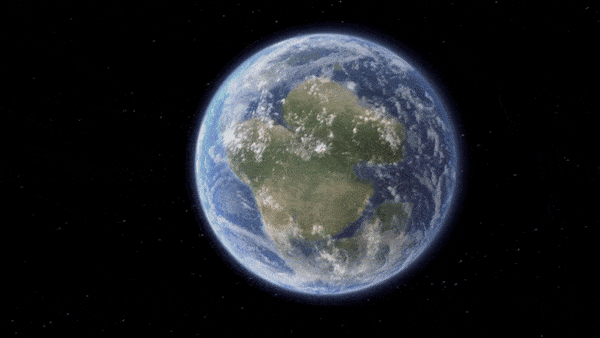When you buy through nexus on our site , we may earn an affiliate commission . Here ’s how it works .
The most powerful and destructive volcanic extravasation — call super - eruptions — can take million of years to form because magma does n’t spurt , but rather slowly trickles into the system , a new study finds .
Researchers found that superintendent - eruptions are triggered by an improbably dumb but steady drip of magma from heavy reservoirs deep within Earth ’s incrustation into modest reservoir nigher to the surface , they said .

Geothermal activity at Yellowstone, a supervolcano in Wyoming.
In turn , the big reservoirs draw in the raging magma from the bed beneath them , which is Earth ’s curtain , the researchers said . The reservoir keep the magma in a state of partially liquefied rock , and store it like a sponge , they add . [ crowing good time : account ’s 10 Most Destructive Volcanoes ]
Because the research worker could n’t physically journey to these large reservoir , they ran a serial of numerical simulation to better infer the process . The termination show that the big reservoirs are substantive for generating the largest volcanic volcanic eruption known to Earth , they said .
However , because the drip mould of magma is so slow , it can take millions of years before a supervolcano take fire , they said .

The four main layers within Earth.
The determination excuse why supervolcano eruptions are few and far between — for example , Yellowstone , one of the world ’s largest supervolcanoes , erupted about 2 million , 1.2 million and 640,000 years ago .
The find may also shed light on why other vent erupt with greater frequency and at specific magnitudes , the researchers said . That ’s because the amount of magma stored in Earth ’s upper crust determines the oftenness and magnitude of volcanic eruptions .
Small eruptions that utter less than 0.2 three-dimensional mi ( 1 cubic kilometer ) of stuff happen regularly — yearly , if not daily , the researchers said . But super - eruption , which break out hundreds of three-dimensional miles of material — are rare , occur hundreds of chiliad of old age apart .

" Our current understanding tells us thathot magmacan be injected from the Earth ’s low encrustation into cold environs near the open , " subject area co - generator Wim Degruyter , a lecturer of geodynamics at Cardiff University in the United Kingdom , said in a financial statement . " At this point , the magma can either erupt or cool down to such a degree that the magma solidifies and an eructation does not occur . "
Until now , researchers have n’t been able to figure out how the magma can stay spicy in a near - surface man-made lake , which is cool than the larger source in the deep crust .
" Our written report has shown that the cay to this is much larger reservoirs deeper below the surface that are able-bodied to slow increase the temperature in the upper part of the impudence such that it becomes more amenable to the storage of magma , " Degruyter said . " When the crust has become in full mature , giant man-made lake are able-bodied to form in the upper crust and thus we seeextremely herculean eruptions . "

For example , earlier research has show that a reservoir in the upper part of the crust beneath Yellowstone is connected to a deeper magma pool , the investigator said . The deeper magma man-made lake is about 12 Roman mile to 28 miles ( 19 to 45 mileometer ) beneath Earth ’s open , and likely hold enough magma to occupy theGrand Canyonmore than 11 times , the researchers said .
" Our reckoning appear to agree with the observation that have been made at Yellowstone , " Degruyter sum .
The study was published online May 29 in thejournal Nature Geoscience .

Original article onLive skill .













